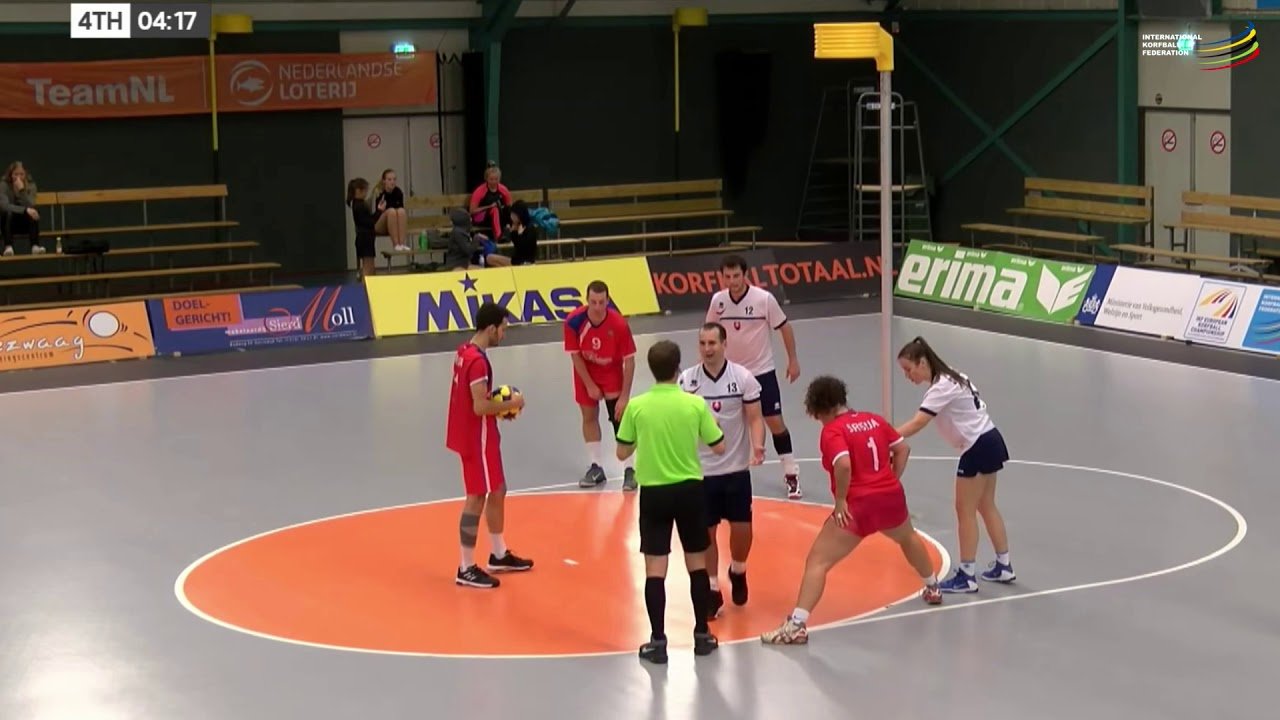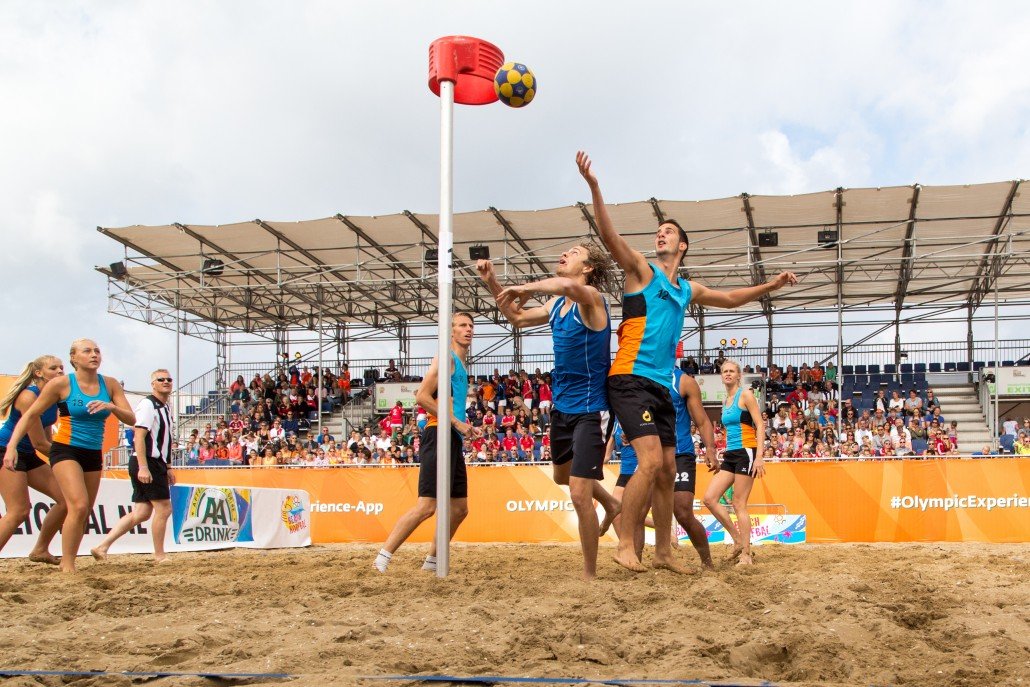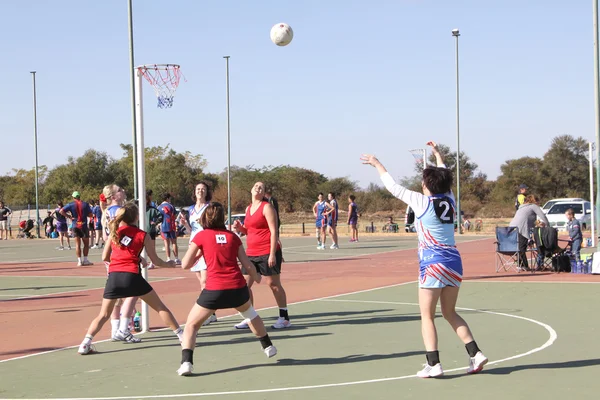The feed position is one of the most important tactical roles in korfball. Whether you are a beginner looking to understand how it works or an experienced player wanting to refine your movement, knowing how to get into and use the feed effectively can transform your attacking play. This guide will break down the basics, positioning, timing, and advanced strategies for mastering the feed in korfball.
What is the Feed Position in Korfball?
The feed position is when an attacking player stands directly in front of the post, slightly outside of shooting range, ready to pass the ball to teammates running onto a shot. The feeder does not usually shoot themselves from this position but instead supports attackers by creating scoring opportunities.
The feed is a cornerstone of korfball attack because it:
- Provides a reliable passing option near the post.
- Allows teammates to attack in motion.
- Keeps the defending team under pressure by forcing movement around the post.
- Opens up chances for running-in shots, long shots, or quick passing plays.
How to Get into the Feed Position
Positioning in the feed requires good timing, awareness, and communication. Here is how to do it effectively:
Step 1: Recognise the Space
Move towards the post when your team has stable possession. Look for the best moment when defenders are focused on the ball, allowing you to slip into position.
Step 2: Choose the Correct Angle
The feeder should not be directly under the post but about 2–3 metres in front of it, slightly offset. This distance gives teammates room to run in and shoot, while also leaving space for passing options.
Step 3: Stay Active
The feed is not a static position. You must adjust your angle based on where the ball is and where your teammates are moving. Constant micro-movements ensure you stay available for a pass.
Step 4: Secure the Ball
When you receive the ball in feed, protect it with your body. Position yourself so the defender cannot easily intercept or block passes.
Using the Feed Effectively
Once you are in position, the key is to make the right decision quickly. The best feeders are not just passers—they are playmakers.
Passing Options from the Feed
- Running-in Shot: Pass to a teammate cutting past their defender towards the post.
- Long Shot: Return the ball to a player who has created space outside the arc.
- Quick Give-and-Go: Pass back to the original passer who immediately cuts inside.
- Switch Play: Reset possession by moving the ball back out if no shot is available.
Timing is Everything
If the feeder holds the ball too long, defenders will reset. If they pass too early, attackers may not be ready. The best feeders know how to delay just enough to open space for a perfect pass.
Common Mistakes in the Feed
Even experienced players make errors in feed positioning. Avoid these common mistakes:
- Standing too close to the post, leaving no space for teammates to attack.
- Staying static instead of adjusting your angle.
- Passing under pressure without protecting the ball.
- Forcing passes rather than recycling possession.
Advanced Strategies for Feed Play
Once you have mastered the basics, you can start adding advanced movements to create even more danger for defenders.
Double Feeds
Switching the feed quickly between two players near the post can confuse defenders and open up shooting opportunities.
Fake Feeds
Pretend to take the feed position, then quickly cut away to open up another scoring chance. This works well when defenders overcommit to stopping the post play.
Rotating Feeds
Attackers can rotate through the feed position during possession. This keeps the attack fluid and prevents defenders from settling.
Training Drills for the Feed Position
Practising the feed requires repetition and teamwork. Here are some simple drills:
- Two-Person Feed Drill: One feeder under the post, one attacker outside. Practise passes into the feed and timing runs for shots.
- Moving Feed Drill: Rotate feeders while attackers make different runs to vary passing options.
- Game Simulation Drill: Play 4v4 and focus only on attacking through the feed to improve decision-making under pressure.
Why the Feed is Essential in Modern Korfball
At all levels of korfball—from grassroots to elite competition—the feed remains central to attacking play. Teams that master the feed create fluid attacks, constant movement, and multiple shooting options.
Learning to use the feed well is not just about standing near the post—it is about reading the game, supporting teammates, and making smart, quick decisions.
Conclusion
The feed position is one of korfball’s most unique and tactical elements. By mastering positioning, timing, and awareness, players can become highly effective feeders who set up countless scoring chances. Whether you are a new player learning the basics or an advanced player working on rotation and deception, improving your feed play will elevate your whole attacking game.



